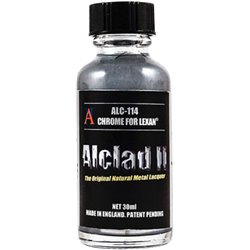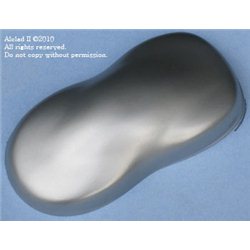There are a number of different options for attaching figures such as a horse and rider to a layout. Perhaps the...
No products
Product successfully added to your shopping cart
There are 0 items in your cart. There is 1 item in your cart.
Search Tips
What advantages do lacquer paints typically have over enamels or acrylics?
Lacquer paints offer several advantages over enamels or acrylics:
Quick drying: Lacquer paints generally dry and cure much faster compared to enamels or acrylics. This allows for quicker application of multiple coats and reduces the overall painting time.
Smooth finish: Lacquers tend to provide a smooth and glossy finish, which can enhance the appearance of model railway surfaces, such as locomotives, rolling stock, or structures.
Durability: Lacquer paints are known for their durability and resistance to chipping and scratching. This makes them suitable for models that may undergo handling or require regular maintenance.
Compatibility: Lacquer paints are compatible with a wide range of surfaces, including plastic, metal, and resin commonly used in model railway construction. They adhere well and provide good coverage.
Airbrush-friendly: Lacquer paints are often preferred by modellers who use airbrushing techniques. They have excellent atomization properties, allowing for smooth and consistent spraying, resulting in a professional-looking finish.
However, it's important to note that lacquer paints can be more challenging to work with due to their strong fumes and higher toxicity compared to enamels or acrylics. Proper ventilation and safety precautions should be taken when using lacquers. Additionally, lacquer thinners specific to the paint brand are required for cleanup and thinning.
Click here to receive the tips weekly in your mailbox. You can unsubscribe at any time.










